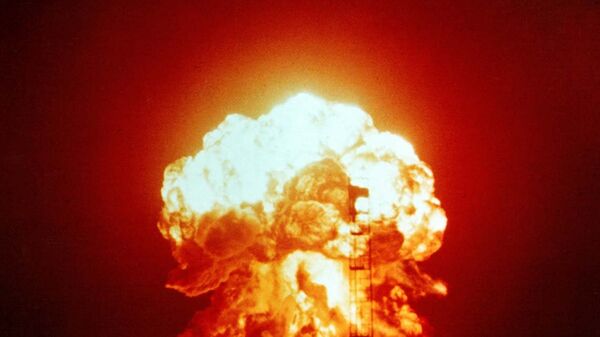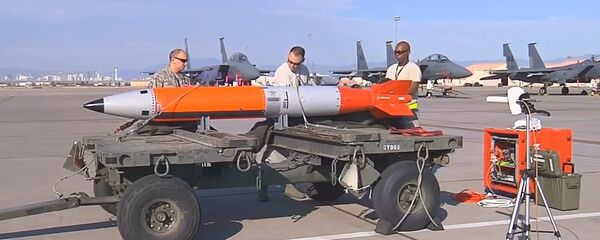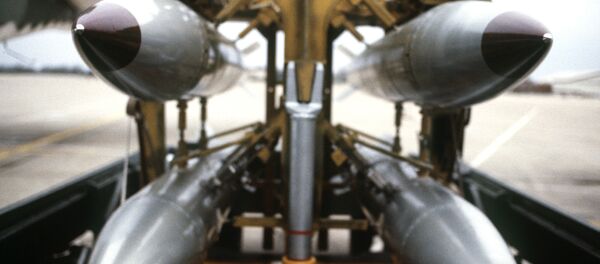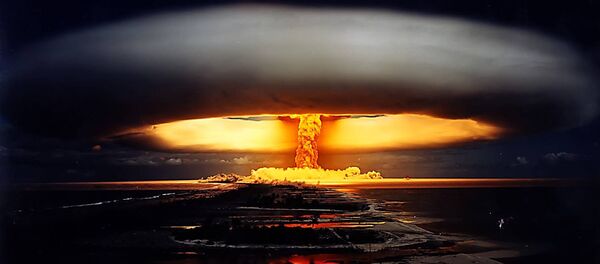America’s nearly 70-year-old nuclear program has left an indelible mark on the world. But the Pentagon’s massive stockpile of atomic weapons, rotting away in bunkers, has also gradually poisoned the bombs’ caretakers.
In addition to the roughly 200,000 people killed during the bombing of Hiroshima and Nagasaki, a new investigative report from McClatchy has found that at least 33,480 Americans have been killed from radiation exposure during the last seven decades.
The report is based on over 100 interviews with individuals who have worked in and lived near weapons plants, as well as the analysis of over 70 million federal records.
In 2001, the US government created a special fund to quietly pay out compensation for those affected by nuclear radiation. Officials initially estimated that the program would only need to serve 3,000 people, but that number has soared in 14 years.
While over 33,000 of the individuals on that list are dead, they represent only a fraction of the 107,394 people who have been diagnosed with cancer after working with the nation’s nuclear stockpile. Through the program, American taxpayers have spent $12 billion covering medical expenses, and that amount only covers half of those affected.
Over 50,000 people have gone without compensation, despite their debilitating illnesses.
"I thought I was approved and shared it with my wife," George Smith Anderson Jr., a former worker at a nuclear weapons plant in Georgia, told McClatchy, "and within no time at all it was disapproved." He died of multiple myeloma last month.
The report comes as the United States is about to spend an estimated $1 trillion upgrading its nuclear stockpile of 4,700 weapons. The plan has drawn fierce criticism on a number of fronts. Many have questioned the need to spend such exorbitant sums, especially as the world works toward nuclear disarmament.
The upgrades have also come under fire for potentially breaching a pledge made by the Obama administration. While Washington is not supposed to develop any new weapons, many have criticized the modifications being made to the current arsenal. Adding new tail kits, the Pentagon aims to make its "dumb" nukes precision guided. The upgrades will also give the bombs an adjustable yield.
"If I can drive down the yield, drive down, therefore, the likelihood of fallout, etc, does that make it more usable in the eyes of some – some president or national security decision-making process?" former head of US Strategic Command General James Cartwright told PBS.
"And the answer is, it likely could be more usable."
But McClatchy’s report also raises health concerns over the upgrades, as stronger safety standards have not prevented radiation exposure. Faced with questions over the program’s hefty price tag, officials have also been looking for ways to cut costs. Much of those savings will come from workers’ health benefits.
"Whenever you work at a nuclear plant and you deal with nuclear material, the most important thing to you is going to be your medical benefits," Roger Richard, a production technician at a warhead reassembly plant, told McClatchy.
"It’s not prejudiced," Clarence Rashada, the president of Amarillo Metal Trades Union, told McClatchy, speaking of the illnesses nuclear workers take on.
"If you’re on the plant…you’ll get something eventually."





